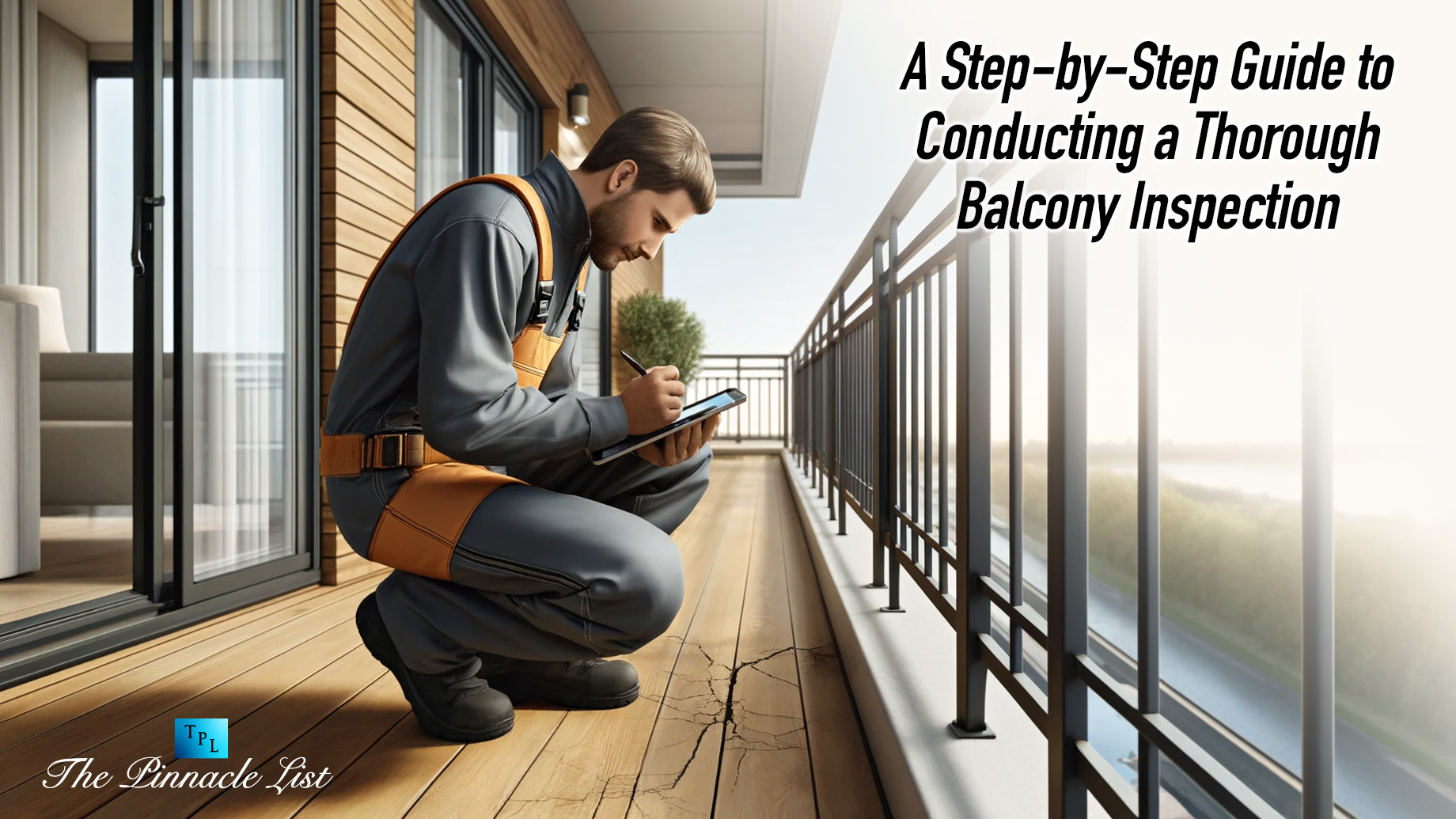
Are you concerned about the safety and durability of your balcony? Performing regular balcony maintenance is essential to ensure it remains in top-notch condition.
This guide will take you through each step of the home inspection process, providing clear and practical advice. We’ll help you identify common signs of wear and potential hazards.
Whether you’re a homeowner or a property manager, understanding how to conduct a thorough balcony inspection can prevent costly repairs and enhance outdoor safety. Dive in to learn how you can protect your investment. Read on!
Assess the Structural Integrity
Start by checking if your balcony is strong and safe. Look for any cracks or damage on the floor, walls, and railing.
These might show bigger problems that need a closer look. Also, check where the balcony connects to the building, as these spots can be under a lot of stress.
Check for Water Damage and Leaks
Water damage is a common problem for balconies, especially in areas with a lot of rain. Look for signs like mold, mildew, and stains on surfaces. Make sure the drainage systems are working well to keep water away from the building.
Inspect the Railings and Balusters
Railings and balusters help keep balconies safe. Gently shake them to make sure they are strong and secure.
Look for rust on metal railings and rot in wooden ones. The space between the balusters should be less than four inches to keep everyone, especially children, safe.
Examine the Flooring Material
Different types of floors need different types of checks. For concrete floors, look for cracks or parts breaking off.
For wooden floors, check for signs of rot, insect damage, and bending. For tile floors, see if any tiles are loose or cracked.
Test Load-bearing Capacity
Check if your balcony can hold a lot of weight. This is important and should be done by a professional, but you can do a simple test yourself.
Push down on different spots on the balcony. If you see any bending or sagging, it might mean there’s a problem with the support.
Review the Fasteners and Connectors
Fasteners and connectors keep the parts of the balcony together. Look at screws, bolts, and welded spots for rust and wear. Loose fasteners can be very dangerous, so this is a very important part of your check.
Consult a Professional
You can check many parts of your balcony yourself, but some things need an expert. Structural engineers and building inspectors are trained to find problems that you might miss. Getting a periodic commercial property inspection can make sure your balcony is safe and give you peace of mind.
Document Your Findings
Lastly, make sure to document all your findings. Note any issues you discover and take photos for future reference.
This documentation can be invaluable for tracking the condition of your balcony over time and for consulting professionals if needed. Keeping a detailed record can also help you schedule regular maintenance and inspections, ensuring the longevity and safety of your balcony.
The Importance of Regular Balcony Inspection
Regularly checking the balcony is important for keeping it safe and lasting a long time. It helps find possible dangers before they become big problems.
An early detection through a balcony inspection can keep repairs from being too expensive. Making sure that proper maintenance is done improves the overall strength of the structure.
You can rest easy if you carefully check your balcony. It’s important to check your balcony often to protect your investment and the people who use it.